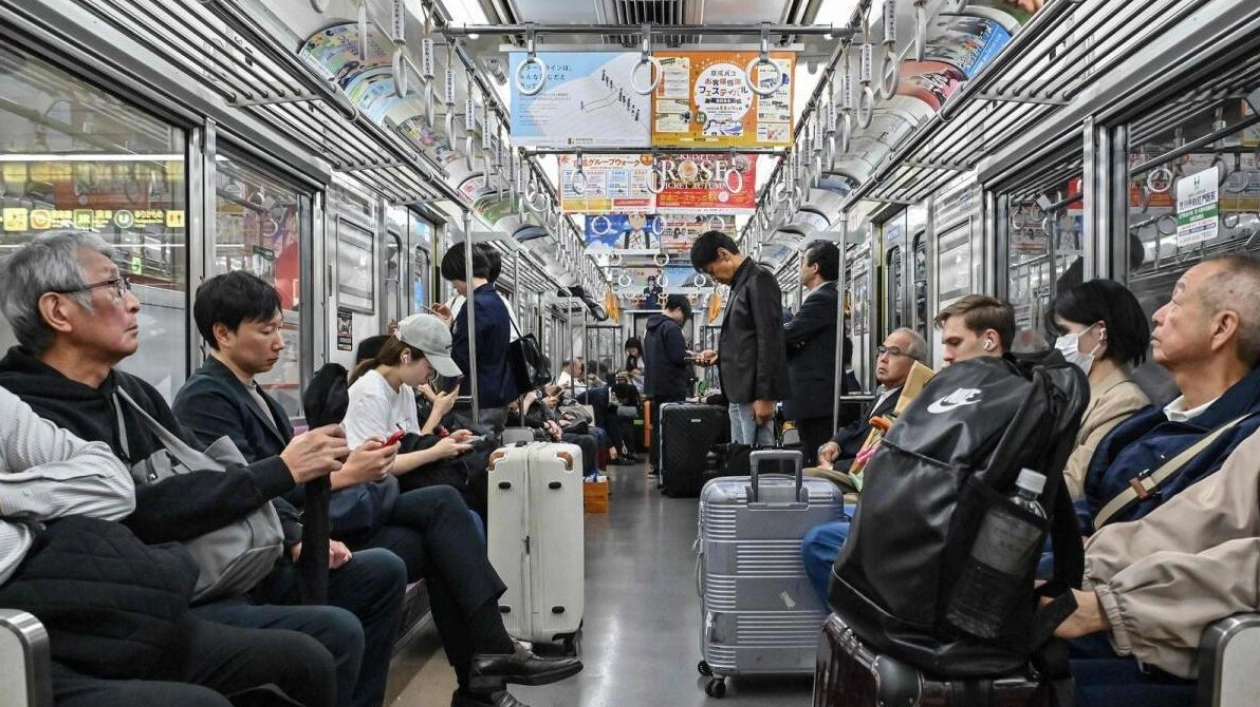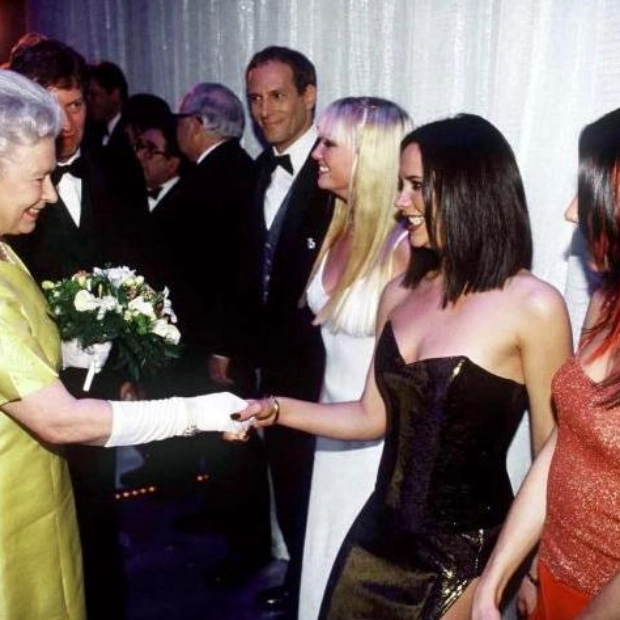People travel on the Tokyo Metro underground system in central Tokyo. The share sale is anticipated to generate over $2 billion to settle government debts—AFP
Daily, six and a half million individuals utilize Tokyo Metro's nine lines, which are part of an intricate transport network serving the Japanese megacity and its expansive suburbs. Beginning Wednesday, Tokyo Metro stock will be listed in Japan's most significant initial public offering (IPO) in six years. It is projected to raise over $2 billion to clear government debts stemming from the massive 2011 earthquake and tsunami. Here are some insights into the company and its listing:
London pioneered the first public underground railway, but in 1927, Tokyo became the first Asian city with a subway, thanks to a 2.2-kilometer (1.4-mile) track from Ueno to Asakusa. The trains, which now form part of Tokyo Metro's modern-day Ginza Line, operated every three minutes but were often packed with passengers who previously crowded the city's trams. Public transport construction, which slowed during and after World War II, accelerated as Japan re-emerged as a major economic power. Tokyo Metro was established in 2004, adopting its heart-shaped 'M' logo, replacing the network's previous 'S' for subway.
Tokyo Metro's nine lines—Ginza, Marunouchi, Hibiya, Tozai, Chiyoda, Yurakucho, Hanzomon, Namboku, and Fukutoshin—span a total of 195 kilometers (120 miles). These immaculate, punctual, air-conditioned trains are just one component of a comprehensive underground and overground rail system serving Greater Tokyo, often regarded as the world's largest urban area. All but two of the nine Tokyo Metro routes connect to other train lines, providing direct access to the capital for commuters from more distant areas. Four other subway lines are operated separately by the Tokyo government, alongside private services and East Japan Railway's overground routes like the Yamanote Line, which carries millions in a loop around the city.
Unique jingles play at each Tokyo Metro station when a train arrives. For instance, at Ginza Station, the Marunouchi line features tunes named 'Tomorrow's Door' and 'The March of a Little Bird'. People stroll along a platform at Kayabacho station on the Tokyo Metro underground system. Currently, the national government holds just over half of Tokyo Metro shares—AFP
Wednesday's IPO will be Japan's largest since 2018, when tech and telecoms conglomerate SoftBank Group raised a national record of $23.5 billion by listing its mobile unit. Presently, the national government owns just over half of Tokyo Metro shares, and the Tokyo city government owns the rest, with plans to reduce total government ownership to around 50 percent. The funds raised will be used to repay bonds issued to finance the reconstruction of northeastern Japan after the 2011 earthquake, tsunami, and nuclear disaster. There has reportedly been robust demand from investors, and Tokyo Metro states that those holding 200 shares or more will receive complimentary tickets to its museum and golf range, along with free tempura toppings at its noodle stands.
The 'low volatility' of a firm like Tokyo Metro makes their shares a secure investment option for Japanese households, according to Hideaki Miyajima, a professor in commerce at Waseda University. 'And for institutional investors, the Japanese market is very favorable given the very low exchange rate' of the yen and recent corporate governance reforms, he told AFP. In earthquake-prone Japan, Tokyo Metro trains are configured to halt just before a powerful jolt hits, utilizing real-time seismic data from monitoring stations. Climate change is also leading to more frequent and severe flooding in the capital, with some Tokyo subway stations inundated in August by heavy rain. Also concealed beneath Greater Tokyo is the world's largest flood tank, a vast underground reservoir built to safeguard the metropolis from storms and typhoons.
Source link: https://www.khaleejtimes.com






